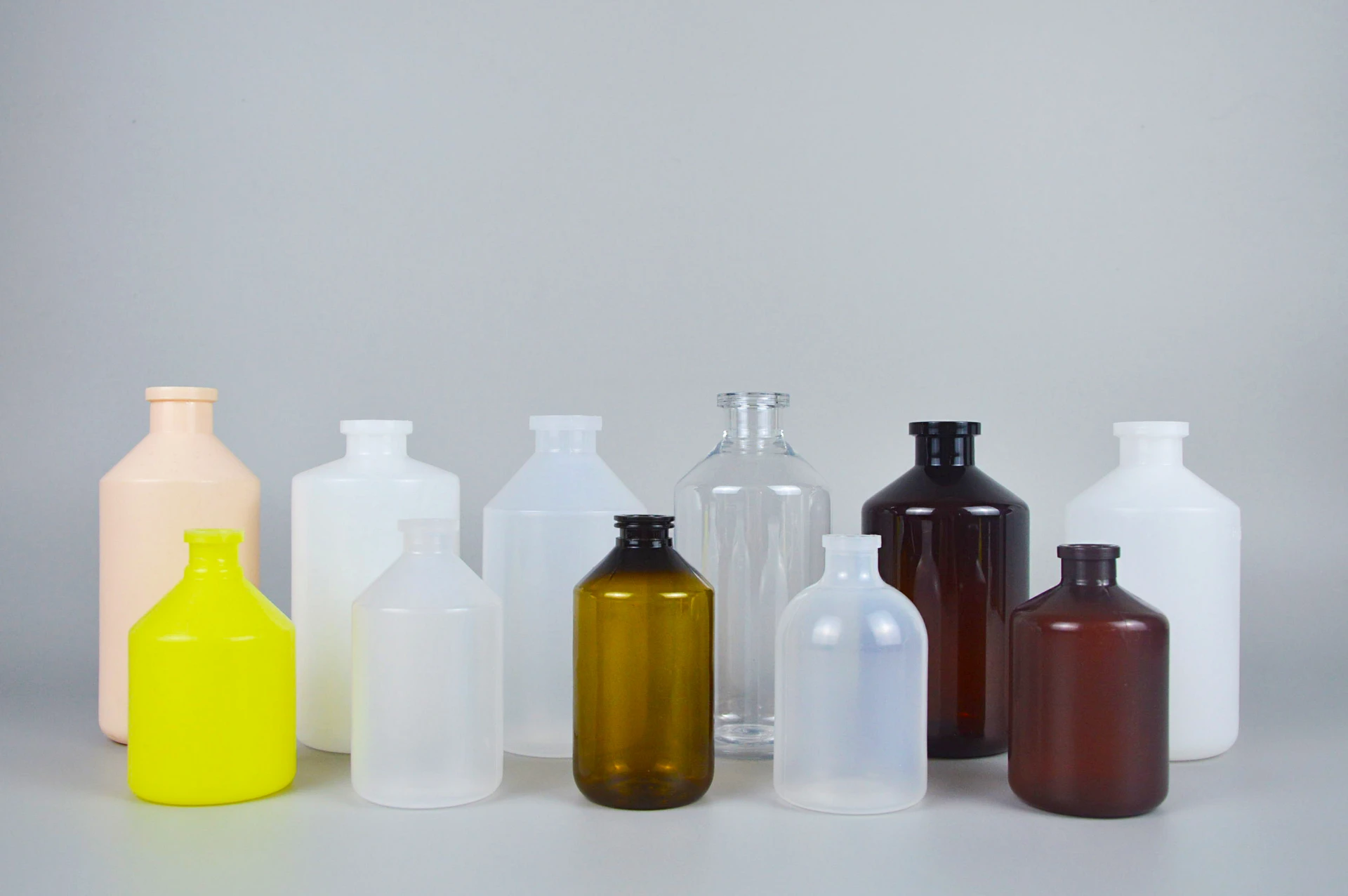https://www.wahmg.com/)">
Essential Laboratory Supplies for Enhancing Research Efficiency and Productivity in Scientific Experiments
Essential Laboratory Supplies for Enhancing Research Efficiency and Productivity in Scientific Experiments
Lab Consumable Supplies The Backbone of Scientific Research
In the realm of scientific research, laboratory consumable supplies play a pivotal role in facilitating experiments and ensuring accurate results. These items, which include everything from pipettes and test tubes to gloves and reagents, are essential for a wide array of scientific disciplines, including biology, chemistry, and environmental science. This article will explore the importance of these supplies, their various types, and how they contribute to the success of scientific endeavors.
The Importance of Lab Consumables
Lab consumables are the items that scientists and researchers use on a daily basis, which are typically used once and then discarded. Their significance cannot be overstated; without these supplies, research and experimentation would be severely hindered. For instance, in a biological lab, pipettes are fundamental for precise fluid measurement, while petri dishes are crucial for growing cultures. Without these items, obtaining accurate data would be nearly impossible.
Moreover, the integrity and safety of scientific experiments heavily rely on the quality of consumable supplies. Contaminated or subpar materials can lead to erroneous results, wasting both time and resources. This is particularly critical in fields such as pharmacology and clinical research, where the stakes are high, and the consequences of errors can be dire. Thus, investing in high-quality consumables is not just a regulatory requirement; it is a fundamental aspect of ethical scientific practice.
Types of Lab Consumable Supplies
Lab consumables can be categorized into various types based on their function and application
. Some of the most commonly used items include1. Plasticware and Glassware Items such as beakers, flasks, and pipettes fall under this category. They are used for mixing, measuring, and storing chemicals. While glassware offers durability and resistance to heat, plasticware is lightweight and often disposable, making it ideal for single-use applications.
lab consumable supplies

2. Reagents and Chemicals These are the substances used in chemical reactions or testing procedures. They are crucial for a wide range of applications, from synthesizing new compounds to analyzing biological samples.
3. Personal Protective Equipment (PPE) PPE, including gloves, gowns, and safety goggles, ensures the safety of researchers while handling hazardous materials. Their use safeguards not only the health of the personnel but also the integrity of the experiments.
4. Filters and Membranes These consumables are essential for purification and separation processes in both biological and chemical labs. They help in achieving the desired purity levels in experiments and ensuring that only the relevant samples are analyzed.
5. Storage Containers Proper storage of samples is critical for maintaining their integrity. Consumables like vials, cryotubes, and specialized bags are used to store everything from cellular samples to chemical reagents under optimal conditions.
The Future of Lab Consumables
As scientific research advances, so does the need for innovative lab consumable supplies. The push towards sustainability is influencing the production and disposal of these items. Researchers are increasingly seeking eco-friendly alternatives, such as biodegradable plastics and reusable glassware, to minimize environmental impact. Additionally, advancements in technology may lead to the development of smart consumables that can provide real-time feedback on experiments, further enhancing the precision and reliability of research.
In conclusion, lab consumable supplies are indispensable for successful scientific research. They not only facilitate the execution of experiments but also ensure safety and accuracy. As the scientific community continues to evolve, so will the requirements and innovations in lab consumables, ultimately shaping the future of research and discovery. Investing in quality consumables is an investment in the integrity and success of scientific endeavors.
-
Wholesale Plastic Juice Bottles with Caps 16 oz Options Available Bulk Packaging SolutionsNewsJun.10,2025
-
Laboratory Apparatus Reagent Bottle – Durable & Chemical Resistant Bottles for Safe StorageNewsJun.10,2025
-
Squeezable Dropper Bottles Durable, Leak-Proof & CustomizableNewsMay.30,2025
-
Affordable Plastic Petri Plates Sterile & Disposable Lab-GradeNewsMay.30,2025
-
Eye Dropper Caps Precision 24/410 & Plastic Bottle-Compatible TipsNewsMay.30,2025
-
Affordable Mini Spray Bottle Price & Wholesale Deals Shop NowNewsMay.29,2025





















